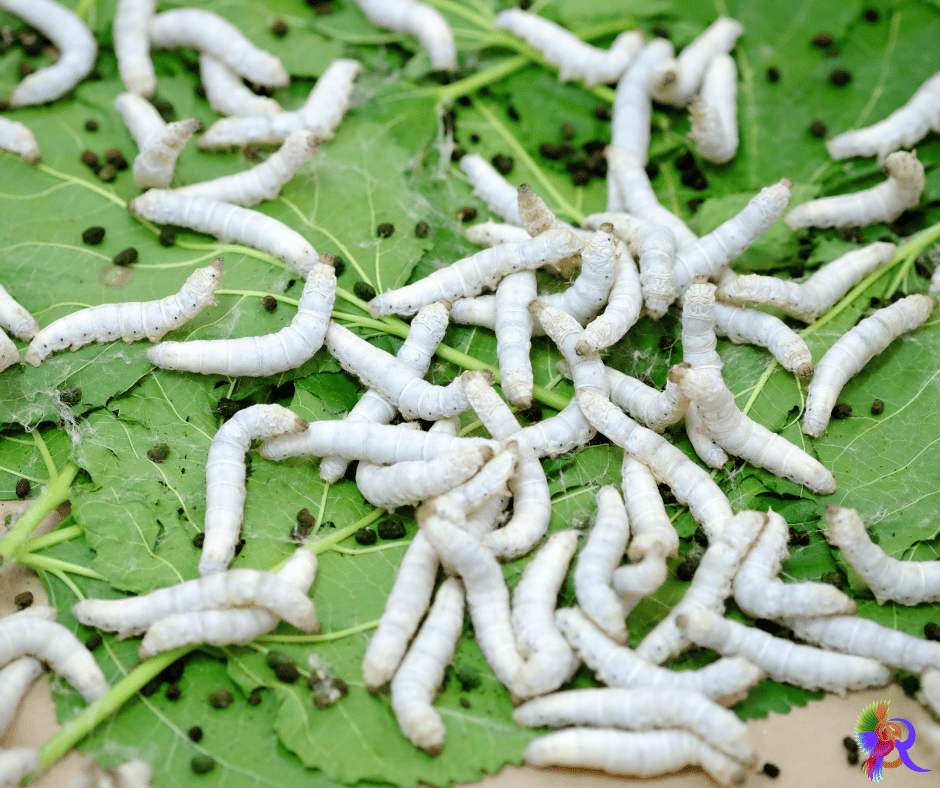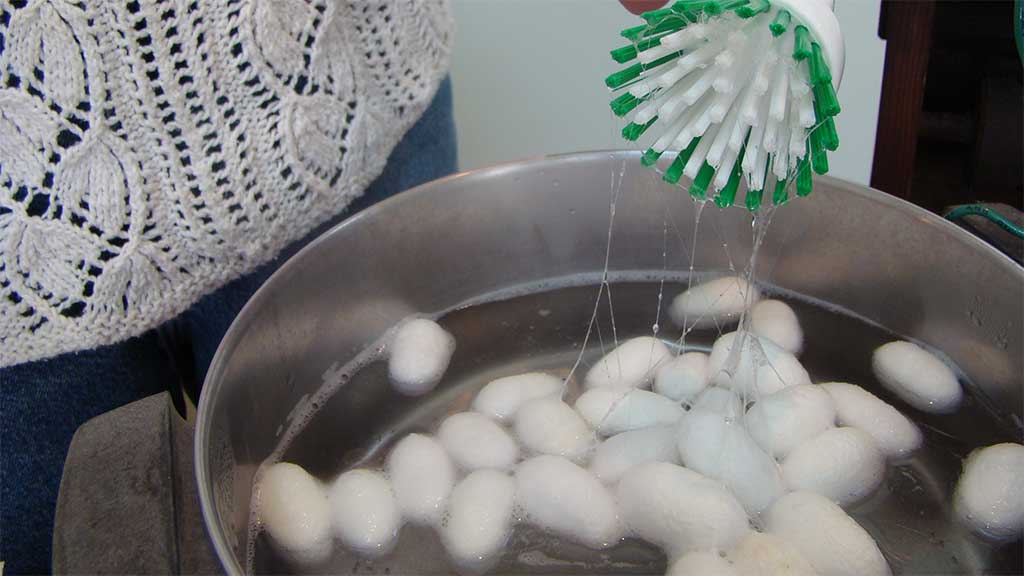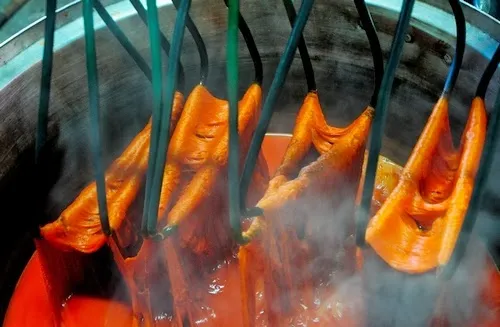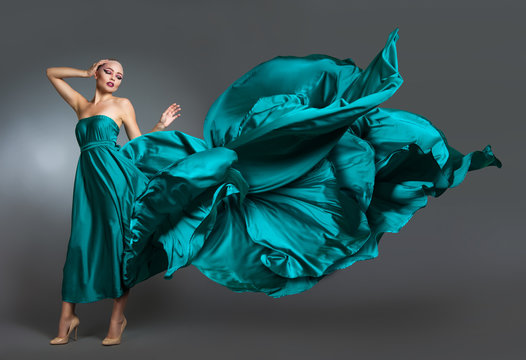Silk, with its luxurious sheen and unmatched softness, has been a symbol of elegance and opulence through the ages. The journey of silk from cocoon to couture is a fascinating process, combining ancient traditions with modern technological advances. This blog explores the intricate path silk takes from the humble beginnings of a silkworm cocoon to its final transformation into high-fashion garments.
The Origins of Silk
Silk production, also known as sericulture, originated in ancient China around 6,000 years ago. Legend has it that Empress His-Ling Shi discovered silk when a cocoon accidentally fell into her hot tea and began to unravel. She became fascinated by the shiny threads and soon devised a method to weave them into fabric. Silk quickly became highly prized, and for many centuries, the secrets of silk production were so jealously guarded that anyone caught smuggling silkworm eggs or cocoons out of China faced severe penalties.
The Silk Production Process

Sericulture: The first step in silk production is sericulture, which involves the cultivation of silkworms on mulberry leaves. The worms feed on these leaves until they are ready to spin their cocoons, a process that takes about two to three months.
Harvesting the Cocoons: Once the silkworms have spun their cocoons, they are carefully harvested and prepared for the next stage. The cocoons are heated to kill the pupae inside—a necessary but controversial step that ensures the threads are not broken.

Reeling the Silk: Workers then soak the cocoons in hot water to soften the sericin—the protein that holds the silk fibers together. This step allows the delicate fibers to be unwound or “reeled” onto reels. Each cocoon can produce between 600 to 900 meters of silk filament, but it takes threads from several cocoons to make a usable yarn.

Spinning: The silk threads are then spun into yarn. Silk can be spun in several ways, depending on the desired texture and strength of the yarn. For a closer look at yarn production and categories, read our blog The First Step to Fabric – Yarns and Its Broad Categories.

Weaving and Dyeing: After spinning, the silk yarn is woven into fabric. Silk’s natural affinity for dyes makes it an excellent candidate for producing richly colored fabrics. It is dyed using various techniques, depending on the effect designers wish to achieve.
Finishing: The final stage in the silk-making process involves finishing techniques such as washing, steaming, or applying chemicals to give the silk specific qualities like extra lustre, weight, or water resistance.
Modern Innovations in Silk Production
While the basic process of producing silk has remained unchanged for millennia, modern technology has introduced several innovations. These include mechanized reeling equipment, advanced dyeing techniques, and genetic modifications to silkworms to increase yield and quality.

Silk in Fashion
Silk’s journey culminates in the fashion industry, where it is crafted into everything from luxurious evening gowns to elegant scarves and ties. Its natural properties, like thermoregulation and hypoallergenic qualities, combined with its visual appeal, make it a staple in couture and high-end fashion.
Sourcing Quality Silk
For designers and manufacturers, sourcing high-quality silk is crucial. Our guide A Guide to Fabric Sourcing provides valuable insights into finding the best materials for your projects.
Explore Silk and More at Locofast
At Locofast, we offer a diverse array of silk fabrics, catering to the varied needs of the fashion industry. Whether you are looking for traditional silk or innovative new blends, our platform connects you with top-quality suppliers and manufacturers. Dive deeper into the world of fabrics with our comprehensive guide A Guide to Fabric Types and Their Production.
Visit locofast.com today to discover how we can enhance your textile projects, helping you transform exquisite silk from cocoon to couture. Explore the timeless beauty and sophistication of silk and see how tradition meets modern design in our vast collection.
